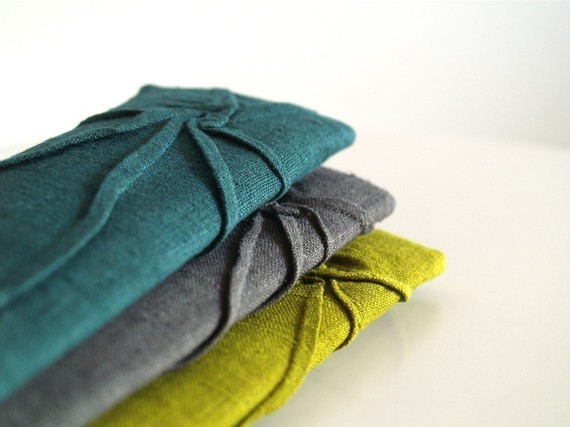For handmade business owners, there seems to be a little bit of a struggle with pricing. They want to make their craft affordable to shoppers, but they want to pay themselves for their time. First, let’s look at the top reasons for buying handmade: Handmade is quality, Handmade is unique, Buying handmade is important for supporting independent businesses. People shopping handmade usually aren’t doing so because they think they can score a deal. Some handmade businesses will offer bargains, but that is the exception, not the rule.
- cost of materials
- website fees
- time it takes to make that item and an hourly wage
- packaging
- any other unique costs
Sometimes handmade business owners do not pay themselves for their time because they want to keep prices affordable for shoppers. Crafters fear that if they charge too much, no one will buy their creations. The truth is, handmade items will sell if:
- there is a market for it
- no one else is making it
- it is the best product among the competition
- if the products are effectively marketed to the target audience
- if people trust the artist or business
- if the indie business has a great reputation
Many of those examples go hand-in-hand and cannot exist without another.
 (via flapperdoodle)
(via flapperdoodle)
Indie businesses who have a product that people want, and who have found their niche market, should never need to sell their products at a discounted rate. A simple way to make sure all of your bases are covered is to create a pricing formula unique to your own business.
- determine the hourly rate you want to pay yourself
- determine the cost of materials to make one item
- (hourly rate x time to make the item + cost of materials ) x 2 = wholesale price
- Retail price = wholesale price x 2
Multiplying by two to get the wholesale price is necessary to make sure all overhead, packaging, and website fees are covered. Wholesale is almost always half of retail price.
For example, let’s say you want to pay yourself $18 an hour, you can make one necklace in 15 minutes and it costs $4 to make one necklace. Your pricing formula would look like:
*Remember: different crafters might require different formulas. This is a basic guideline, and it may need to be tweaked to your own specifications.
When a shopper is comparing two products, they look at the pictures, the description, the price, and the cost of shipping. They might look at feedback, too. An item that is priced much lower than the other might be perceived as being made with lower quality materials, or put together hastily. When someone is looking for a quality, unique gift, there’s a good chance they could go with the higher priced item, based on the perceived value. If you take a look at some of the top sellers on Etsy, you will see that their items are not low-priced; they are charging what those items are really worth to make.
Here’s the snag: if you know you are already paying yourself for your time and your items are priced fairly, this idea might not be for you. Shoppers can also recognize when an item is overpriced. If you are a crafter or artisan, do you use a formula to price your items? How do you balance paying yourself and making your items affordable to shoppers? What are your thoughts on raising prices when sales are stagnant?
























